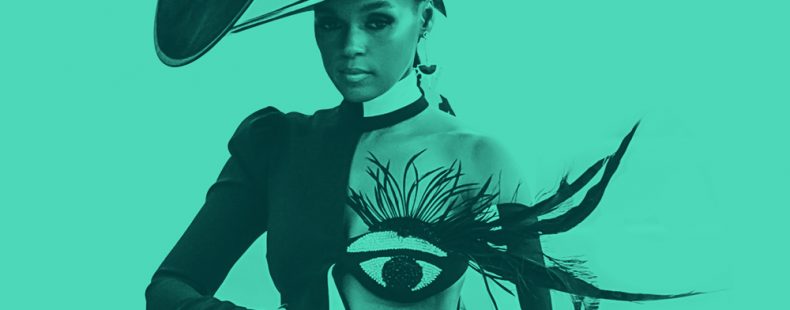A who’s who in fashion, art, and culture held each year at the New York Metropolitan Museum of Art’s Costume Institute, the Met Gala is a black-tie fundraiser that kicks off the institute’s spring exhibition.
The 2019 theme for the event and exhibition was “Camp: Notes on Fashion.” As the Met explains, the exhibit examines “camp’s exuberant aesthetic” and “how the elements of irony, humor, parody, pastiche, artifice, theatricality, and exaggeration are expressed in fashion.”
On the red carpet, luminaries like Lady Gaga and Serena Williams wowed us with their sartorial interpretations of camp, but, as the Met’s own wide-ranging description makes plain, the word camp can be hard to pin down.
What is camp in fashion?
Camp is “something that provides sophisticated, knowing amusement, as by virtue of it being artlessly mannered or stylized, self-consciously artificial and extravagant, or teasingly ingenuous and sentimental.” Its adjective form is campy.
To paraphrase Supreme Court Justice Potter Stewart in a 1964 case on obscenity: you know it when you see it, camp. That same year, as it happens, writer and filmmaker Susan Sontag published an influential essay, “Notes on ‘Camp,'” which the Met is using as a framework for its exhibition.
On camp as a sensibility, particularly as it’s perceived in clothing and décor, Sontag snappily observes: Camp is a vision of the world in terms of style—but a particular kind of style. It is the love of the exaggerated, the ‘off,’ of things-being-what-they-are-not … Camp is art that proposes itself seriously, but cannot be taken altogether seriously because it is ‘too much.’ Some embodiments of camp Sontag cites include such sundry people and things as Oscar Wilde, Tiffany lamps, the charming androgyny of Greta Garbo, Art Nouveau, and Flash Gordon comics. Today, many might point to 1980s horror films, celebrated precisely because the gore looks fake and the plots are over the top, or the 1960s Batman TV series with Adam West, now beloved for its amateurish costumes and improbable exclamations of “Holy Popcorn!” and “Holy Barracuda!”
How is camp used?
For camp, Sontag points to a cultural antecedent in the extravagance of legendary French king Louis XIV and his Palace of Versailles, whose royal courts the Met show indeed highlights. Some have attempted to root the word camp in French itself, but its origin is ultimately obscure.
We do know that camp is recorded in English in the first decade of the early 1900s, when the word characterized something as ostentatious or flamboyant—and was typically applied to gay men. Throughout the 20th century, camp has indeed stereotyped the gay community, but queer culture has made camp into an art form, as can be seen more recently in everything from John Waters’s 1972 film Pink Flamingos to the reality TV show RuPaul’s Drag Race.
As Andrew Bolton, Costume Institute curator, explained to the New York Times in October 2018, campiness is “often dismissed as empty frivolity but can be actually a very sophisticated and powerful political tool, especially for marginalized cultures.” Indeed, many in the LGBTQ community have found in camp ways to express their individuality, form common bonds, and subvert the status quo.
Campy isn’t the same as cheesy
In so many ways, it can seem easier to define what camp isn’t. Being campy isn’t being cheesy or tacky, kitschy, or corny. It’s being knowingly and willfully “too much.” It’s the art of being, well, artfully artless.
As Sontag closed her essay: “The ultimate Camp statement: it’s good because it’s awful … Of course, one can’t always say that.”
Your style might only be joggers and tees, but a fashionista would add glitzy accessories and “make it fashion.” What’s a fashionista, anyway? Once you’ve cleared that up, take a look into your lexical “closet” and dust off all the words you didn’t realize were related to fashion.















